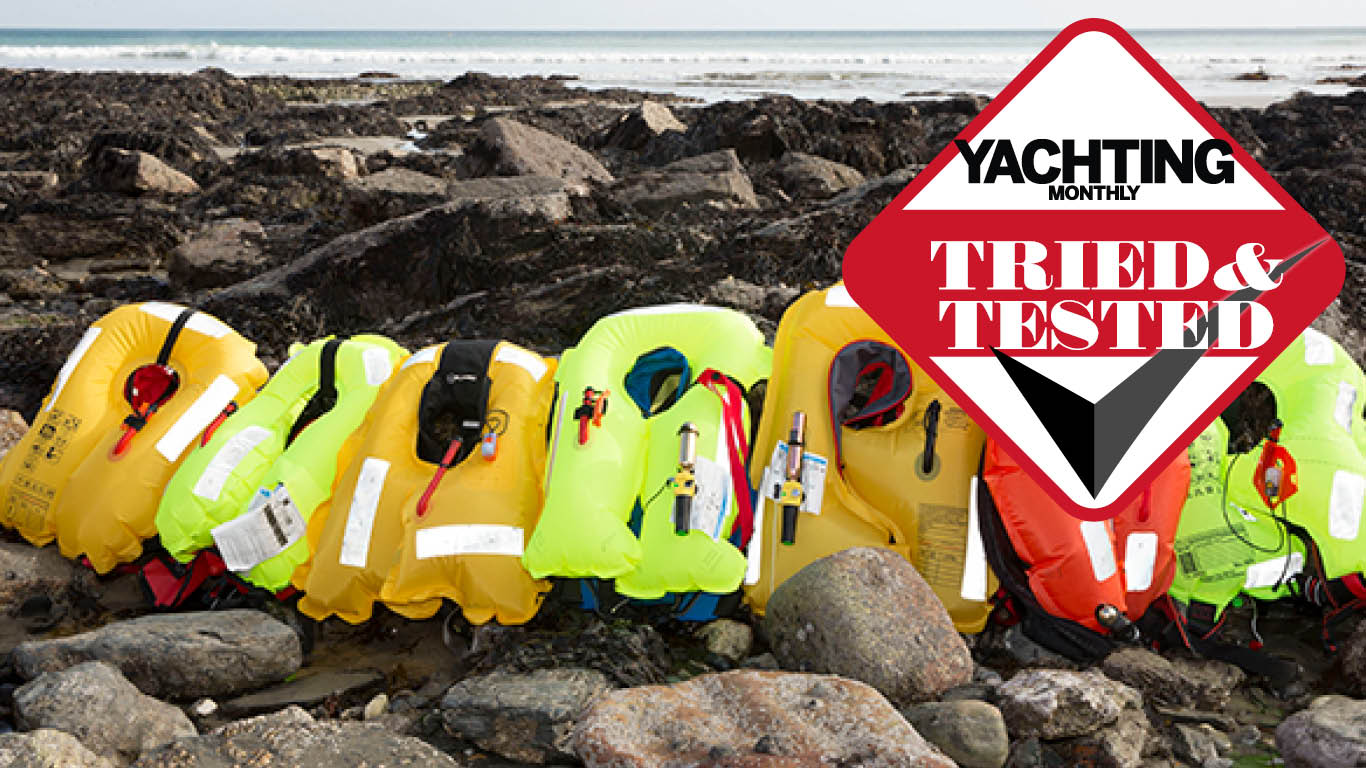US Sailing has said all crew should wear a lifejacket, harnesses and tethers in inclement weather or when conditions warrant it, and that it shouldn't be a 'personal choice'
US Sailing has stressed that those who don’t wear lifejackets put themselves and the entire crew at risk in the event of a person going overboard.
The body’s recommendations come after it carried out an investigation into the death of Colin Golder, 74, who died when he went overboard from the Centurion 42, Morgan of Marietta, during the 52nd Annual Newport to Bermuda Race.
He was not wearing a harness with a tether or lifejacket at the time, in contravention of the race’s safety requirements.
The crew, many of whom were clipped onto the boat with two tethers, say the yacht was hit by a large wave, and Golder was washed over the top of the leeward lifelines and into the water.

US Sailing is recommending that safety at sea training should focus more on recovering an unconscious person. Credit: Richard Langdon/Ocean Images
Conditions at the time were reported as 25 knot gusts and 10ft waves, and the boat was sailing at 8-10 knots.
Morgan of Marietta’s crew executed man overboard procedures immediately, and within five minutes had managed to throw Golder a Lifesling, which he got into, connecting him to the boat.
But, Golder lost consciousness and died soon after.
Continues below…
Man overboard: tactics that really work for couples
The YM team get wet to see how well the MOB process works for shorthanded sailing. Here are our findings...
Best man overboard ladders
For a fully conscious casualty, climbing back on board is one solution. We trialled two man overboard ladders and the…
Best man overboard lifting device
After you’ve used a throwing line or a life-sling to bring a casualty alongside in a man overboard situation, you…
We Tested 2025’s Best Inflatable Lifejacket and PFD’s for Boating and Sailing
We all have lifejackets on board, but do you know what yours is actually like to use? We test 10…
The crew spent two hours trying to bring his body back on board, finally doing so using lines and the boat’s main halyard.
In its conclusions, US Sailing said the sea conditions at the time ‘clearly warranted use’ of a lifejacket combined with a harness and tether, ‘and to be clipped in while on deck’, and Golder’s failure to do this led to his death.
‘Colin’s crew did not press him to wear a personal floatation device (PFD), harness, and tether in these conditions. Had Colin been wearing a PFD, harness, and tether, it is highly unlikely that he would have been washed overboard,’ said US Sailing.

US Sailing believes all crew should wear a lifejacket, harnesses and tethers in inclement weather or when conditions warrant it, and ignoring this can put the whole crew at risk. Credit: Theo Stocker
It added that it was the responsibility of all crew to acknowledge and enforce good seamanship, and that skippers should instruct their crew in this regard.
‘It is often said that wearing such equipment is a “personal decision.” We disagree. Any time a person goes overboard, the entire crew is at risk. For that reason, all crew members should be trained to actively promote safety requirements and standards, ensure that all crew members comply with them, and be prepared to challenge each other with respect to safety issues,’ said US Sailing.
A number of other recommendations were made including improvements to safety at sea training to focus more on recovering an unconscious person from the water, the recovery of those not wearing a lifejacket or harness, and the use of a Lifesling and halyard to lift a casualty back onboard.
Read the full report from US Sailing here.
Enjoyed reading Wearing a lifejacket ‘not a personal choice’, says US Sailing?
A subscription to Yachting Monthly magazine costs around 40% less than the cover price.
Print and digital editions are available through Magazines Direct – where you can also find the latest deals.
YM is packed with information to help you get the most from your time on the water.
-
-
-
- Take your seamanship to the next level with tips, advice and skills from our experts
- Impartial in-depth reviews of the latest yachts and equipment
- Cruising guides to help you reach those dream destinations
-
-
Follow us on Facebook, Twitter and Instagram.








